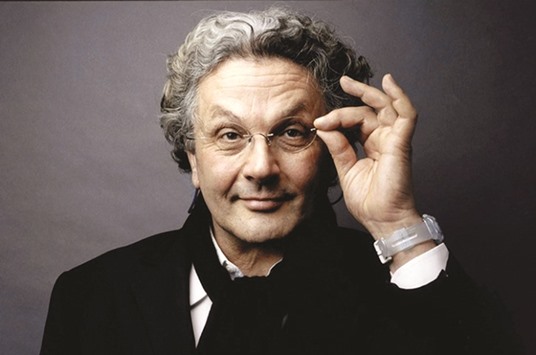Australian director, writer and producer George Miller will head the top international jury at the Cannes Film Festival, which will run from May 11 to 22.
Miller in an ecstatic note said: “What an unmitigated delight! To be there in the middle of this storied Festival at the unveiling of cinematic treasures from all over the planet. To spend time in passionate discourse with fellow members of the jury. Such an honour. I’ll be there with bells on!”
It was at Cannes last May that Miller’s Mad Max: Fury Road set out on its fantastic cavalcade across the screens. The movie, shown Out of Competition in the official selection, marked the return not only of Max Rockatansky — the legendary hero for millions of fans — but also of Miller, whose visionary cinema made him a household joy the world over.
Miller’s career, alongside those of Peter Weir, Bruce Beresford and Phillip Noyce, stretches back to the golden age of Australian cinema, which began in 1980s. Originally from a small village in Queensland, Miller wrote and directed Violence in the Cinema, Part 1 in 1971. Produced by his friend Byron Kennedy, with whom he founded the Kennedy Miller company, the short movie picked two prizes from the Australian Film Institute.
In 1979, Mad Max, inspired by the “outback gothic” genre sweeping Australia at that time, introduced Mel Gibson, and the film was a worldwide smash hit. A superb pas-de-deux with American cinema, this ultra-violent futuristic work was classy, and it had the elements of a road movie, a Western adventure and a science fiction work.
Mad Max gave birth to a series: Max 2: The Road Warrior in 1981, Mad Max Beyond Thunderdome in 1985 and Mad Max: Fury Road in 2015.
In 1983, along with John Landis, Steven Spielberg and Joe Dante, he directed the final segment of Twilight Zone: The Movie. Then came The Witches of Eastwick in 1987 and the intimate drama, Lorenzo’s Oil, in 1992, starring Susan Sarandon and Nick Nolte, which picked up Oscar nominations for Best Screenplay and Best Actress.
In 1995, he adapted and produced Babe, directed by Chris Noonan, which clinched seven Oscar nominations, including those for Best Film and Best Adaptation.
In 2006, his first animated work, Happy Feet, was a huge box office hit, and it garnered the Oscar for Best Animated Feature. Happy Feet Two came in 2011.
In 2015, 30 years after the last Mad Max, the 4th chapter of the post-apocalyptic epic, complete with feminist and anti-totalitarian overtones, once again took on cinemas. With 10 nominations for the 2016 Oscars, including Best Film and Best Director, Mad Max recently scooped no fewer than nine prizes at the Critics Choice Awards, including that for Best Director.
Miller, now 70, has throughout his career experimented with a variety of genres, brilliantly combining mass audience expectations with the highest artistic standards. He is renowned for his eclecticism, inventiveness and sheer audacity. And I am sure he would bring all these into play when he sits down
with other jurors to judge the cinema at Cannes.
* Gautaman Bhaskaran has been writing on Indian and world cinema for over three decades, and may be e-mailed at [email protected]

ECSTATIC: George Miller.
